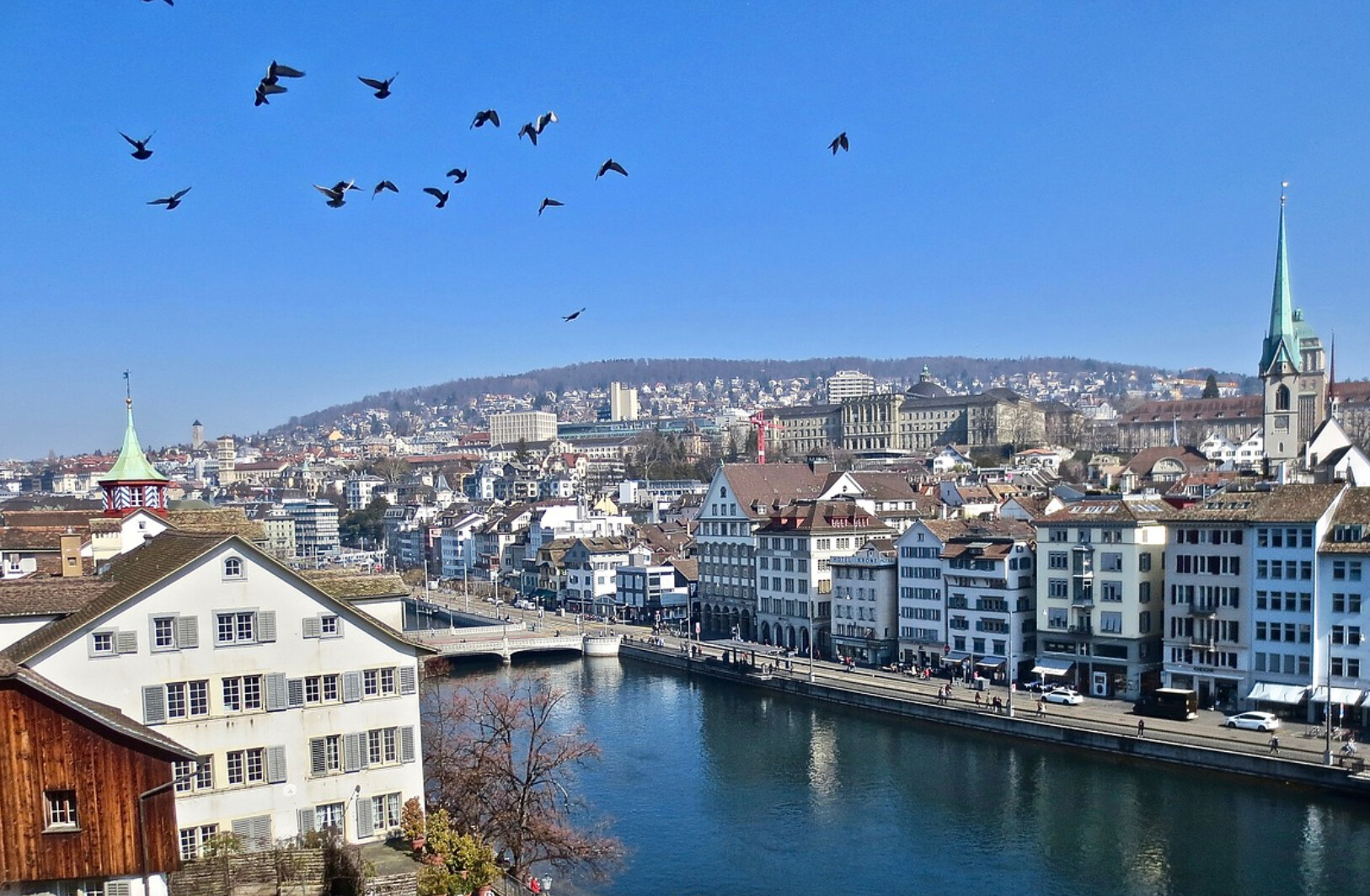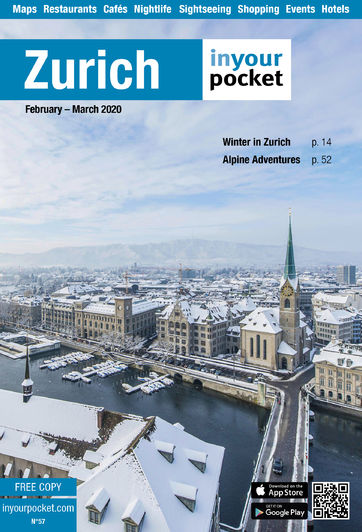
Understanding Zurich’s Parking Zones
Parking in Zurich is regulated through a system of color-coded zones, each with specific rules and time limits. These zones help manage the city’s limited parking spaces and ensure smooth traffic flow. The blue zone, for instance, is one of the most common options available for short-term parking. In these areas, parking is typically free but restricted to a maximum of 1 hour during the day. To use a blue zone, drivers must display a blue parking disc on their dashboard, indicating their arrival time. Discs are available at gas stations, police stations, and some shops.White zones are designated for paid parking and are found in more central or high-demand areas. These spots usually have parking meters or ticket machines, and fees are charged by the hour. Some white zones also allow longer-term parking, but it is important to check the signage for specific rules and pricing. Yellow zones are strictly reserved for commercial use, such as deliveries, and are off-limits to private vehicles. Violating these restrictions can result in hefty fines.
Parking Garages and Public Lots
For those seeking more secure or longer-term parking options, Zurich offers a wide array of parking garages and public lots. These facilities are located throughout the city, with many situated near major attractions, shopping districts, and transportation hubs. Parking garages often display real-time availability on digital boards at their entrances, making it easy to find a spot.One of the most popular parking garages in Zurich is the Urania Garage, centrally located near Bahnhofstrasse, the city’s premier shopping street. Another convenient option is the Parkhaus Opéra near Bellevue, providing easy access to Lake Zurich, the Old Town, and the Zurich Opera House. Rates for parking garages vary, but they generally offer hourly and daily pricing. Many garages accept credit cards and contactless payments for added convenience.
Park-and-Ride Facilities
For visitors who prefer to avoid driving into Zurich’s busy center, park-and-ride facilities are an excellent alternative. These lots are located on the outskirts of the city, near train or tram stations, allowing drivers to park their vehicles and use public transportation to reach their destinations. Park-and-ride options are particularly beneficial during peak hours or when attending events, as they help reduce traffic congestion and eliminate the stress of finding parking in the city center.Popular park-and-ride locations include the facilities at Zurich Altstetten, Zurich Stettbach, and Zurich Oerlikon. These lots typically charge reasonable daily rates and provide easy access to Zurich’s extensive public transport network. Tickets for parking and public transport can often be purchased together, streamlining the process for travelers.
Avoiding Common Parking Pitfalls
While Zurich’s parking system is well-organized, it can still be confusing for newcomers. Understanding a few key tips can help drivers avoid common pitfalls and costly fines. First, always check the signage in your parking area to ensure you are complying with the rules. Signs are often placed prominently and provide information about time limits, fees, and restrictions.Second, pay close attention to the hours of operation for parking zones. Some areas may have different rules during the day and evening, or restrictions that apply only on certain days of the week. For example, parking in residential zones is often limited to permit holders during specific times.
Third, never park in unauthorized areas, such as yellow zones, bike lanes, or spaces reserved for emergency vehicles. Zurich takes parking violations seriously, and fines can be substantial. In addition to monetary penalties, improperly parked vehicles may be towed, resulting in further inconvenience and expense.
Mobile Apps and Digital Tools
Technology has made navigating Zurich’s parking system more convenient than ever. Several mobile apps and digital tools are available to help drivers locate parking spaces, check availability, and even pay for parking directly from their smartphones. Apps such as Parku and Parking Zurich provide real-time information about parking garages and lots, including rates and occupancy.Many parking garages and ticket machines also support contactless payment methods, eliminating the need for cash. Drivers can use their credit cards, mobile wallets, or dedicated parking apps to pay for their spots quickly and easily. Additionally, the Zurich public transport app includes information about park-and-ride facilities, making it a valuable resource for planning your trip.
Exploring Zurich Without a Car
While having a car in Zurich offers flexibility, it’s worth considering the city’s excellent public transportation options for getting around. The Zurich Card, for example, provides unlimited access to trams, buses, trains, and even boats within the city’s zones, as well as discounts on major attractions. By using public transport, visitors can avoid the hassle of parking altogether and enjoy a more relaxed travel experience.Zurich is also a highly walkable city, with many attractions located within close proximity to one another. Exploring the Old Town on foot, strolling along the shores of Lake Zurich, or visiting the Kunsthaus Zurich are all easily accessible without the need for a car. For those venturing further afield, the city’s train network offers quick and reliable connections to nearby destinations.
Sustainable Parking Practices
Zurich is committed to sustainability, and its parking policies reflect this priority. The city actively encourages the use of eco-friendly transportation methods, such as bicycles, electric vehicles, and public transit. For drivers of electric cars, many parking garages and public lots now include charging stations, making it convenient to recharge while parked.Additionally, car-sharing services like Mobility are widely available in Zurich, offering an environmentally friendly alternative to private vehicle ownership. These services allow users to rent vehicles by the hour, reducing the need for dedicated parking spaces and promoting more efficient use of resources.





Comments